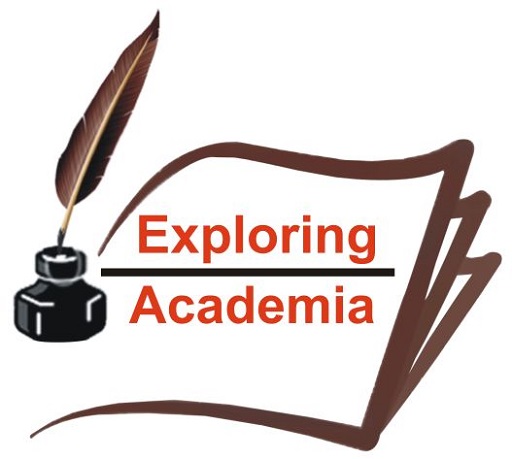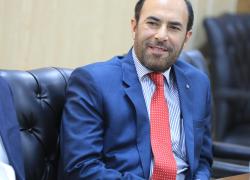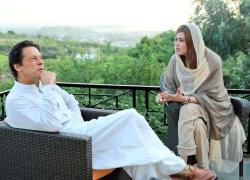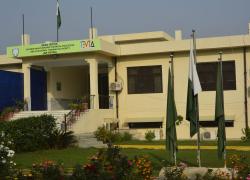Recruitment and Selection in the universities: Key findings of my PhD dissertation
Recruitment and selection in the public sector universities tend to be under intense public scrutiny these days. A little deviation from the established practices or violation of any rules are likely to create serious legal complications besides stimulating uncalled-for hype in the media. Contemporary discourse on recruitment and selection underpin the researchers’ argument in articulating that staffing function does not take place in isolation in any organization. This is influenced, not only by internal factors but also by external environmental forces.
While undertaking staffing function in any setting, top management must be cognizant that they select the right people for the right slots at the right time as this vitally important function set the stage for other HR subsystems to methodically and smoothly function. If recruitment and selection are undertaken efficiently and effectively then the employees make a long-term, positive contribution to organizational growth and success. On the other hand, if new employees enter the organization on a flat trajectory because of a defective recruitment and selection system then smooth functioning of the entire organization is compromised. This also undermines the morale, efficiency and performance of the entire team members.
Very few studies are available, investigating the system of recruitment and selection of administrative staff in the public sector universities across the globe. Using General Systems Theory as a theoretical lens, my Ph.D. research investigated the system of recruitment and selection in the public sector universities in Khyber Pakhtunkhwa, Pakistan with a focus on administrative staff. In this blog post, I wanted to share the findings of my Ph.D. thesis with the academics, researchers, doctoral students and policymakers.
This study, first of all, explored, how the system of recruitment and selection has been designed in the universities by carrying out a comprehensive scrutiny of the current staffing function. This multiple case study identified major loopholes in the system of recruitment and selection in the universities and the major factors responsible for the bottlenecks that need to be addressed if the institutions of higher education were to meet emerging challenges of the competitive academic world and growing expectations of all the stakeholders. The findings were classified into a set of broader themes.
While elucidating gaps in the system, two important themes emerged as a result of a detailed data analysis embracing: i) Strategic loopholes and ii) Operational loopholes. Various sub-themes were found to be underpinning these main themes. One of the most important gray areas the study found was that the entire function of recruitment and selection operated in a perfect vacuum. Conflict of interest was not declared and recorded. There was a pervasive misuse of authority. Universities generally did not have detailed policies and procedures in place to inform objective, fair, equitable, consistent and responsible functioning of recruitment and selection system. There were found to be various flaws, plentiful of contradictions and numerous deficiencies in the existing by-laws, statutes and rules governing HR affairs in the universities.
The thesis revealed some of the micro and macro environmental factors impacting the system of recruitment and selection in the universities encompassing political, legal, regulatory, technological and socio-demographic forces. These factors were further divided, mainly, into two broad categories: i) Internal factors and ii) External factors. The internal elements, compromising universities’ ability to undertake merit-based recruitment of administrative staff mainly comprised of; lack of system approach towards recruitment and selection, the dearth of a comprehensive policy on conflict of interest, centralized decision making and poor HR Planning. Whereas, external elements impinging on the system of recruitment and selection of administrative staff in the universities, mainly, included; legal and political forces, excessive bureaucracy and ineffective system of check & balance and accountability.
The study revealed that recruitment and selection in the universities, since inception, experience a great deal of political interventionism, manipulation and mismanagement. The principles of meritocracy, transparency, accountability and professionalism were halfheartedly pursued in the selection process. Proper policy guidelines and procedures for merit-based recruitment were found to be deficient in many respects, in the universities. The practice of violation of the rules, centralization of authority and misuse of powers in fresh hiring has been ingrained and deep-rooted in the system. The data collected for the study provided ample evidence to that effect underpinning previous research studies.
The research study, therefore, recommended some measures which would help the policymakers in improving the system of recruitment and selection in the universities. Academia, in the first instance, needs to adopt a systematic approach towards staffing function. The universities should have a statutory authority such as HR Council fully supported by an independent HR Department to have an oversight role over the HR affairs in the universities. These measures would ultimately help the universities in overcoming problematic areas in the system of recruitment and selection.
This study was, initially, intended to probe four major subsystems of the HR system ( i.e. recruitment and selection, training and development, compensation and career development) in the context of higher education, in a holistic fashion, nevertheless, due to constraints on account of time and resources, only recruitment and selection was thoroughly investigated.
Hence, this thesis brings to the limelight various unexplored and potential areas for further research. Further research needs to be carried out with a focus on HR subsystems such as training and development, career progression, compensation, performance evaluation succession planning, motivation, working environment, current and emerging HR trends, universities resilience in the competitive academic landscape, academic leadership, HR challenges and brain drain using systems approach as a theoretical lens. This study also raises certain questions which need to be addressed by staffing researchers, scholars and academics. For researchers, the question is immediate and intriguing given the growing anxiety around the academic scene about staffing issues and challenges.
This study may be extended, to cover public sector universities located in other provinces of the country including capital city Islamabad or even global context. Comparison can also be drawn between public and private sector universities, located within the Khyber Pakhtunkhwa or even across the provinces and might be extended to the entire country.
Despite, various bottlenecks and numerous deficiencies, with no professional HR staff, limited training facilities, scanty promotional prospects for the staff, the universities are performing the HR function for the last 70 years, a feat in its own right. However, this has escaped the attention of researchers which needs to be systematically investigated.
I am extremely grateful to my supervisors Dr. Usman Ghani and Dr. Humera Manzor for their assistance, guidance and support throughout my research work.


















